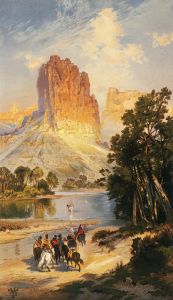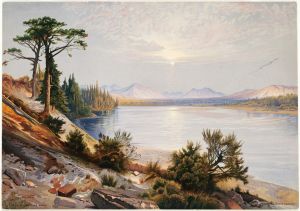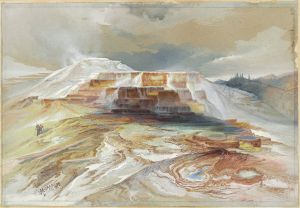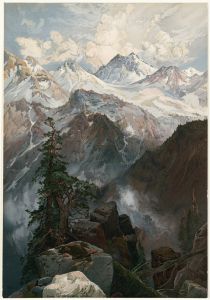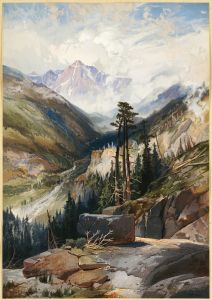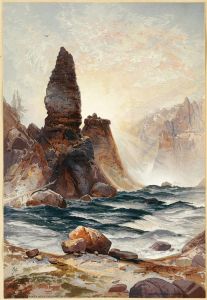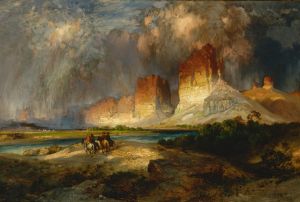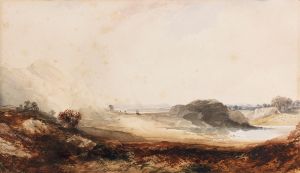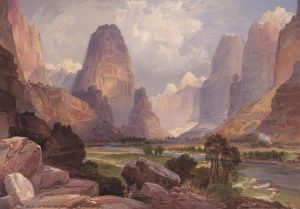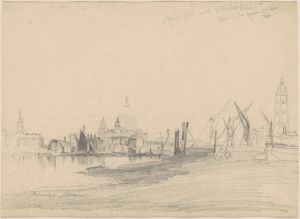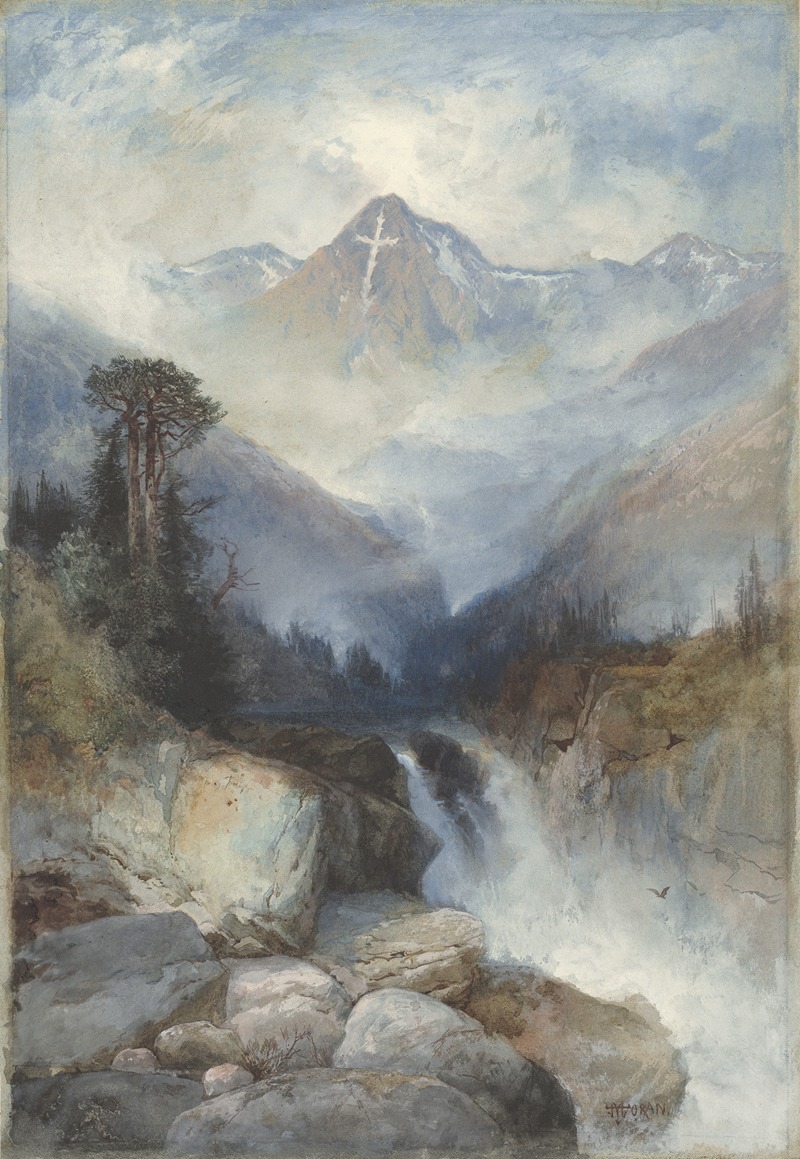
Mountain of the Holy Cross
A hand-painted replica of Thomas Moran’s masterpiece Mountain of the Holy Cross, meticulously crafted by professional artists to capture the true essence of the original. Each piece is created with museum-quality canvas and rare mineral pigments, carefully painted by experienced artists with delicate brushstrokes and rich, layered colors to perfectly recreate the texture of the original artwork. Unlike machine-printed reproductions, this hand-painted version brings the painting to life, infused with the artist’s emotions and skill in every stroke. Whether for personal collection or home decoration, it instantly elevates the artistic atmosphere of any space.
"Mountain of the Holy Cross" is a renowned painting by the American artist Thomas Moran, completed in 1875. This work is a significant example of Moran's contribution to the Hudson River School and the Rocky Mountain School of painting, both of which emphasized the grandeur and beauty of the American landscape. Moran is celebrated for his ability to capture the sublime and majestic qualities of the natural world, and "Mountain of the Holy Cross" is a testament to his skill and vision.
The painting depicts the Mountain of the Holy Cross, a peak in the Sawatch Range of the Rocky Mountains in Colorado. This mountain is notable for a distinctive cross-shaped snowfield that appears on its northeast face, which became a symbol of divine presence and natural wonder in the American West. The mountain was named after this unique feature, which was first photographed by William Henry Jackson in 1873 during the Hayden Geological Survey of 1873. Moran was part of this expedition, and Jackson's photographs, along with Moran's sketches, played a crucial role in popularizing the image of the Mountain of the Holy Cross.
Moran's painting captures the mountain in a dramatic and romanticized manner, characteristic of the Hudson River School's approach to landscape painting. The composition is dominated by the towering peak, with the cross-shaped snowfield prominently displayed. The use of light and shadow in the painting enhances the sense of awe and reverence, drawing the viewer's eye to the cross and the surrounding rugged terrain. Moran's attention to detail and his ability to convey the vastness and majesty of the landscape are evident in the intricate depiction of the rocky slopes, the lush vegetation, and the expansive sky.
The painting was completed in 1875 and quickly gained acclaim for its beauty and its representation of the American wilderness. It was exhibited at the 1876 Centennial Exposition in Philadelphia, where it was well-received by the public and critics alike. The painting contributed to the growing interest in the American West and the preservation of its natural landscapes, influencing both public perception and policy regarding conservation.
"Mountain of the Holy Cross" is part of the collection of the Autry Museum of the American West in Los Angeles, California. It remains an important work in the history of American art, exemplifying the themes of exploration, discovery, and the celebration of the natural world that were central to Moran's oeuvre. Through this painting, Moran not only captured a specific geographical feature but also contributed to the broader cultural narrative of the American frontier as a place of spiritual and aesthetic significance.





